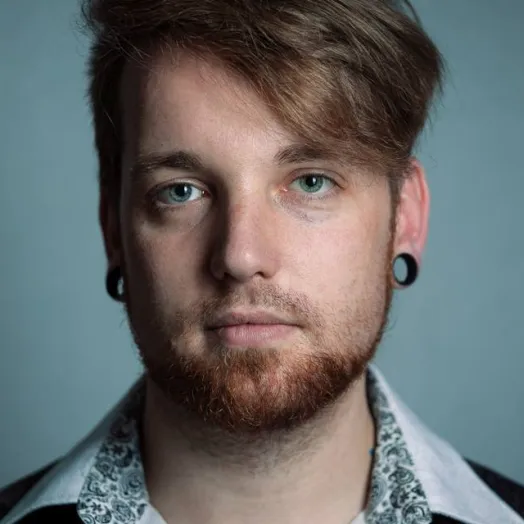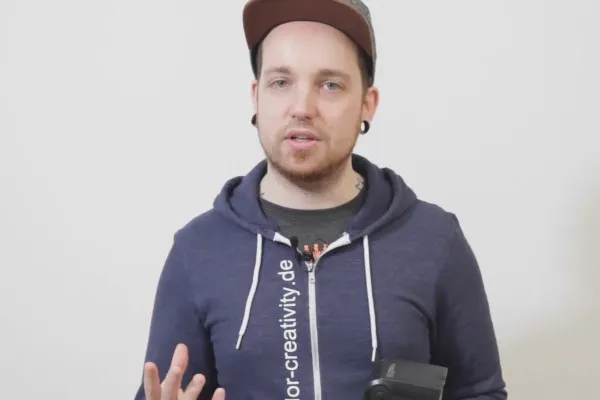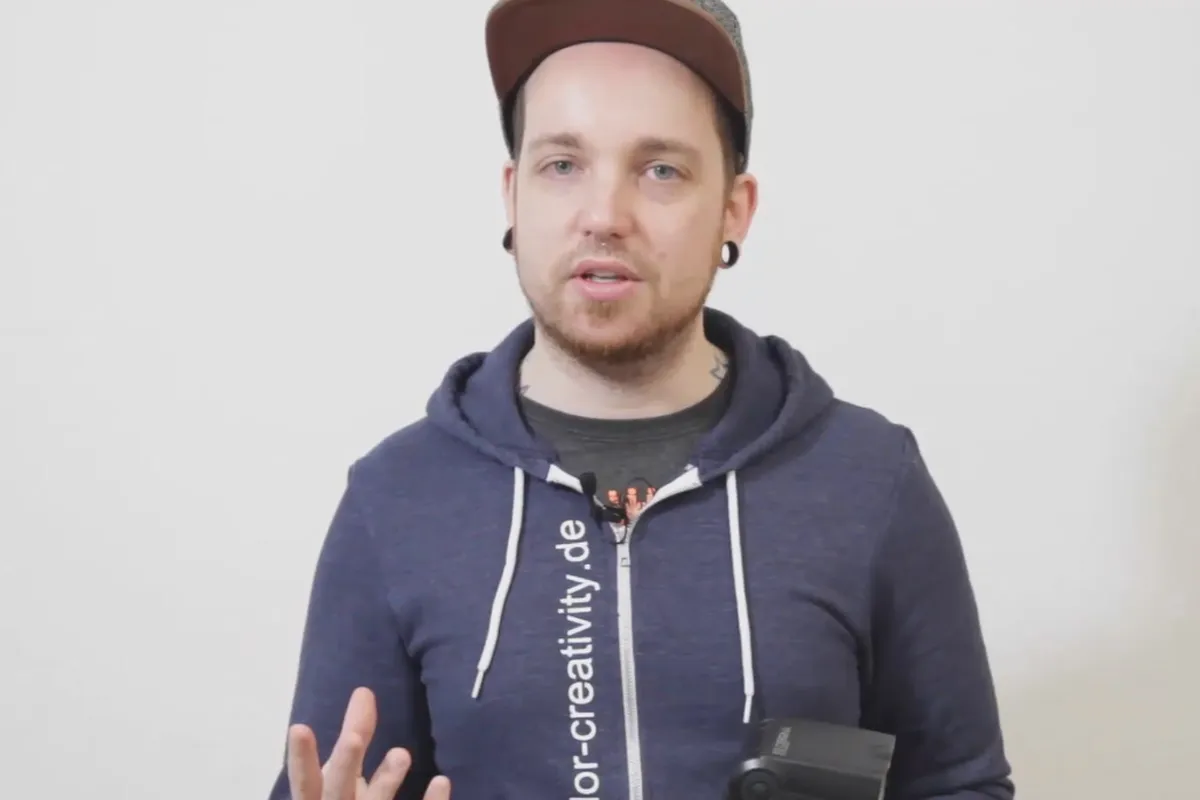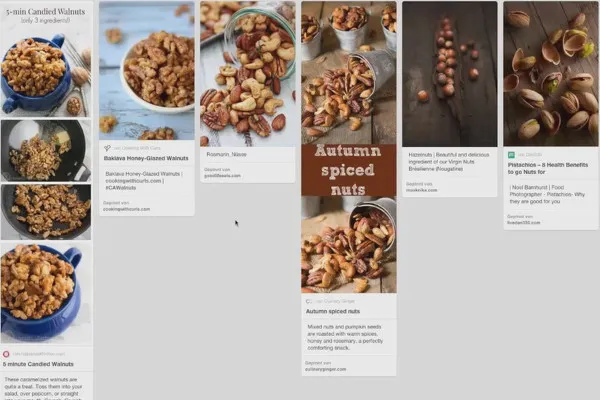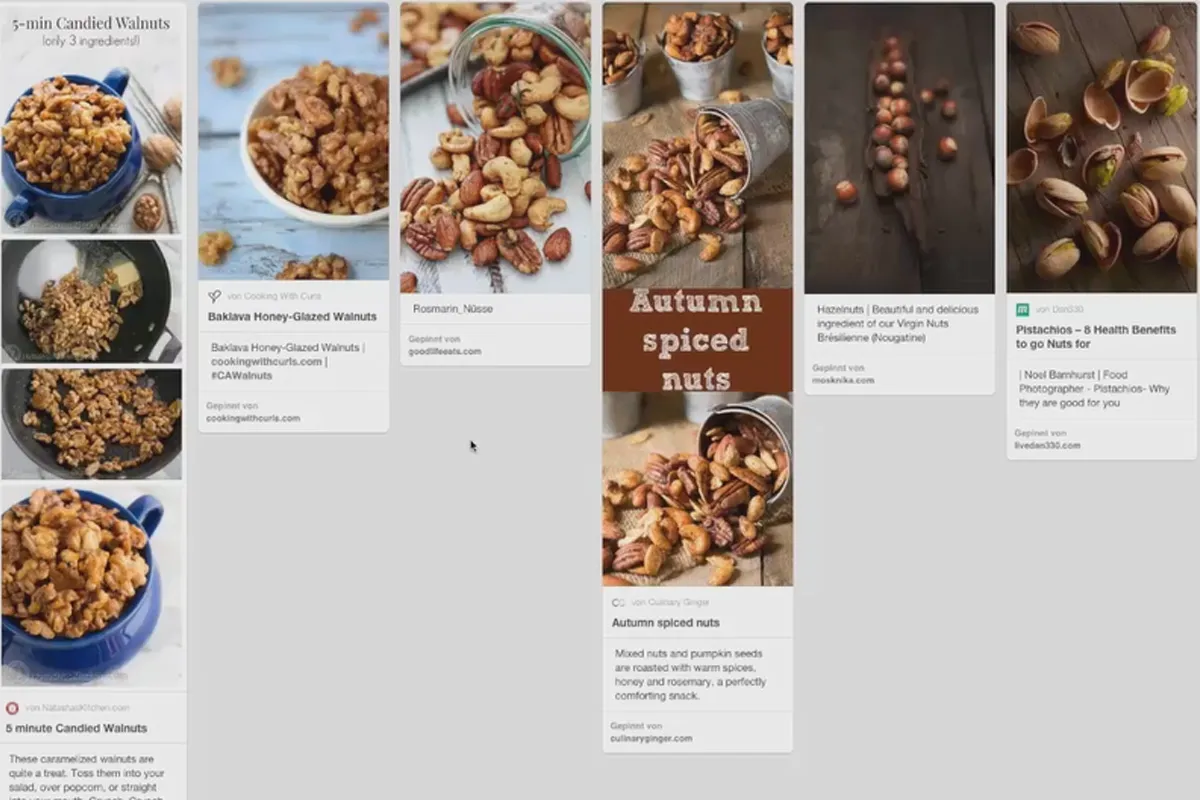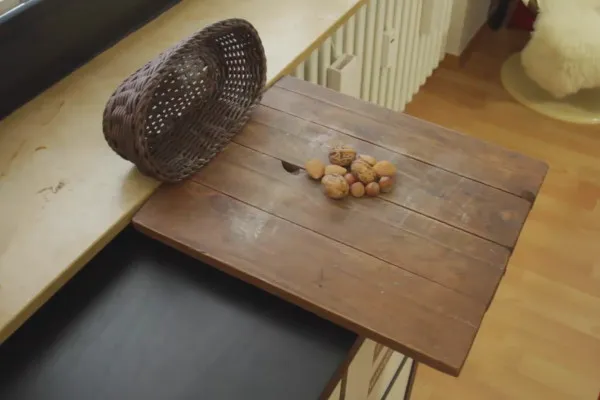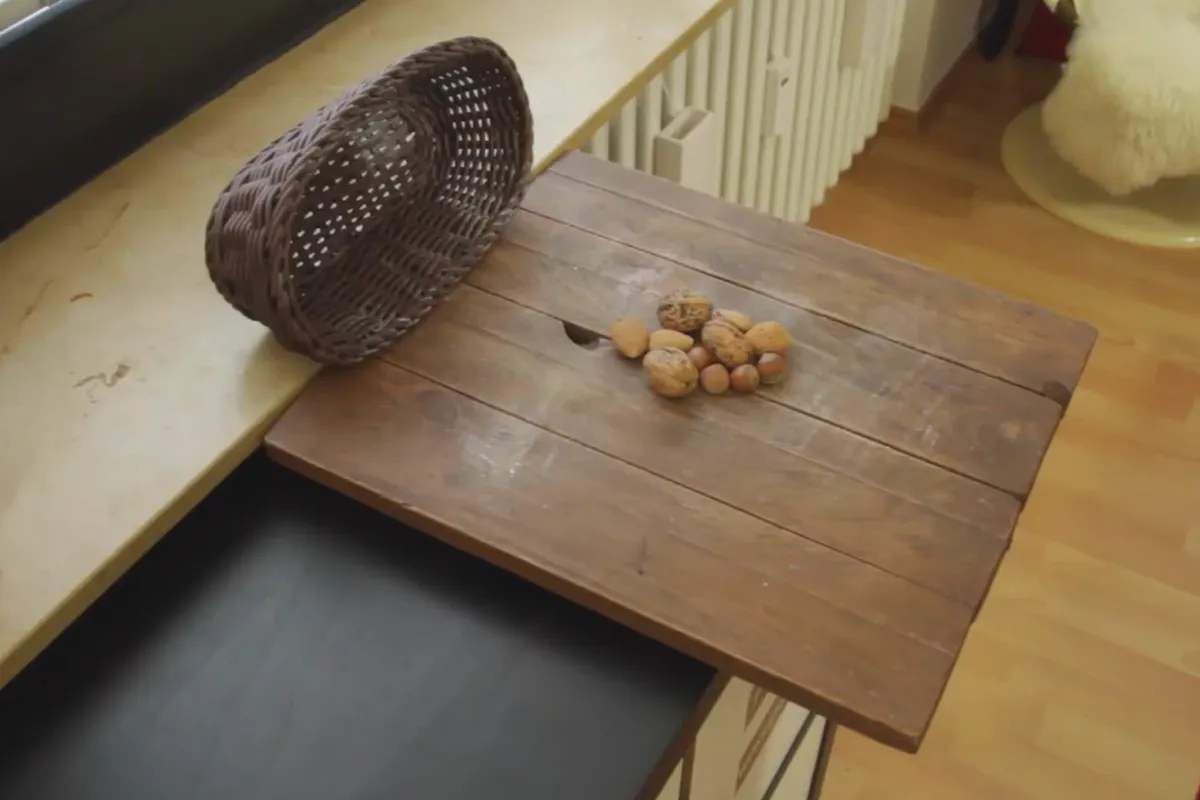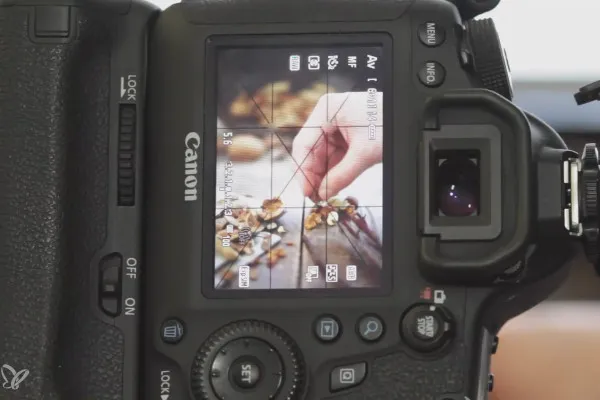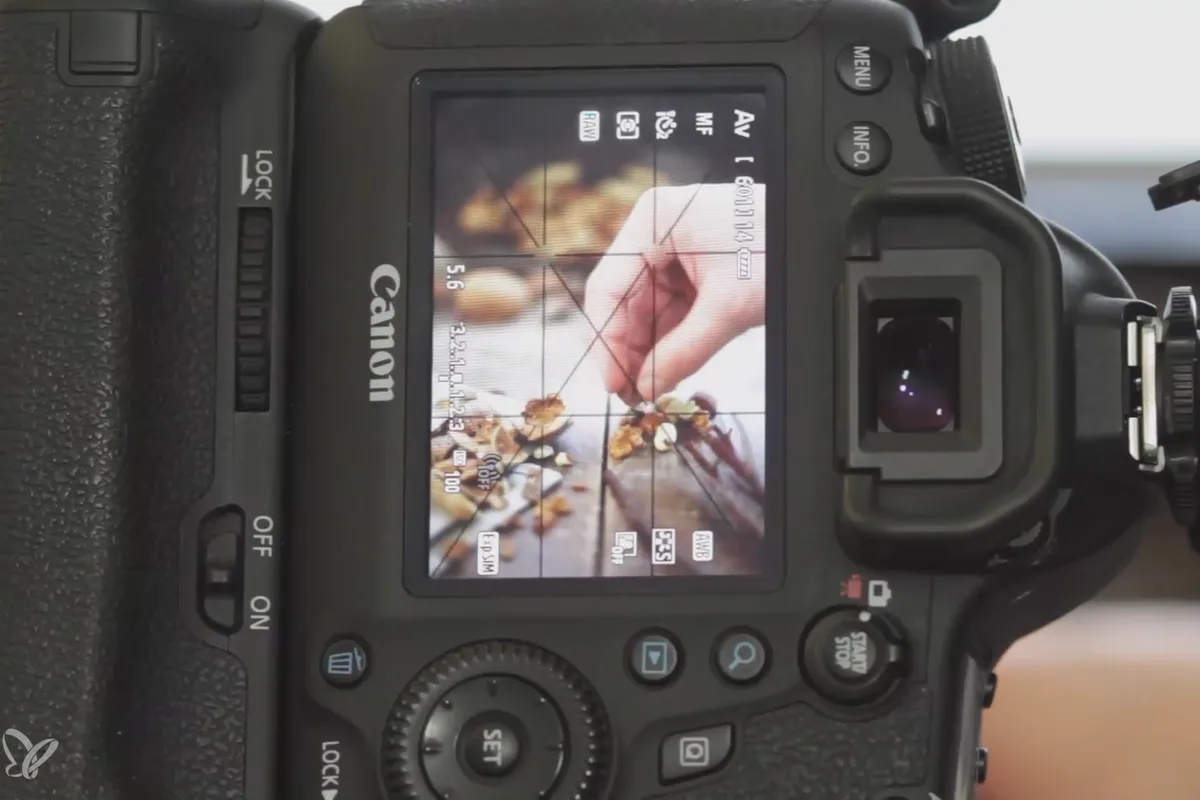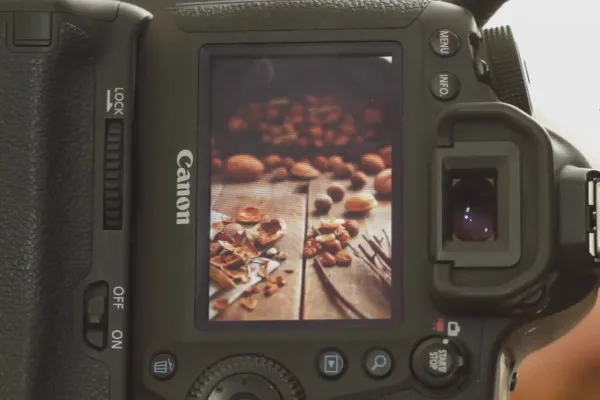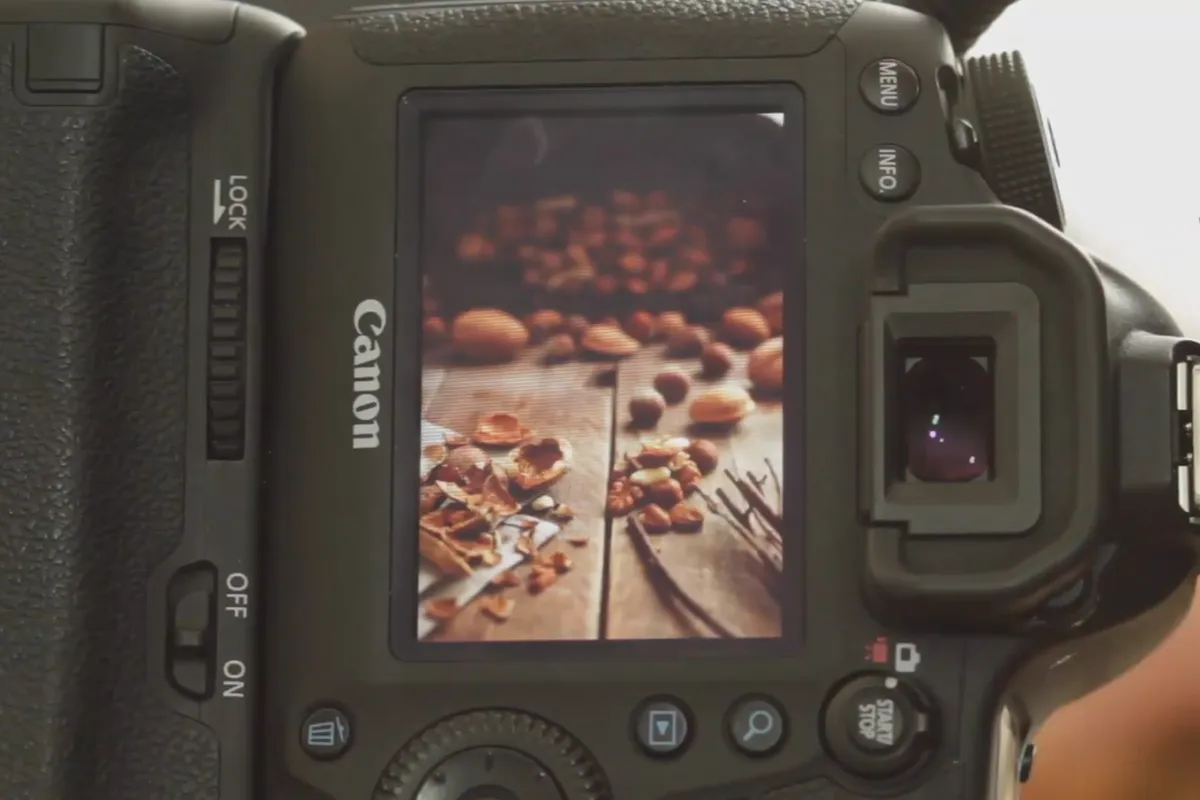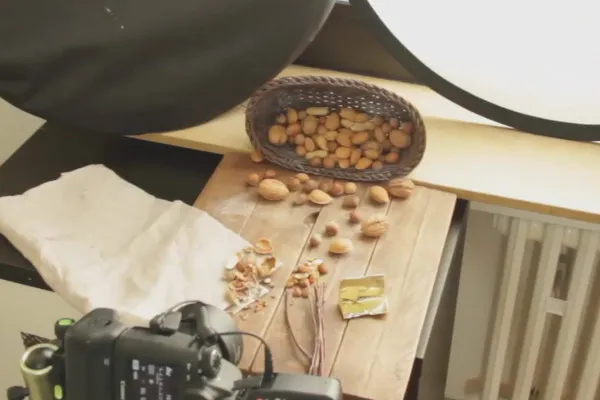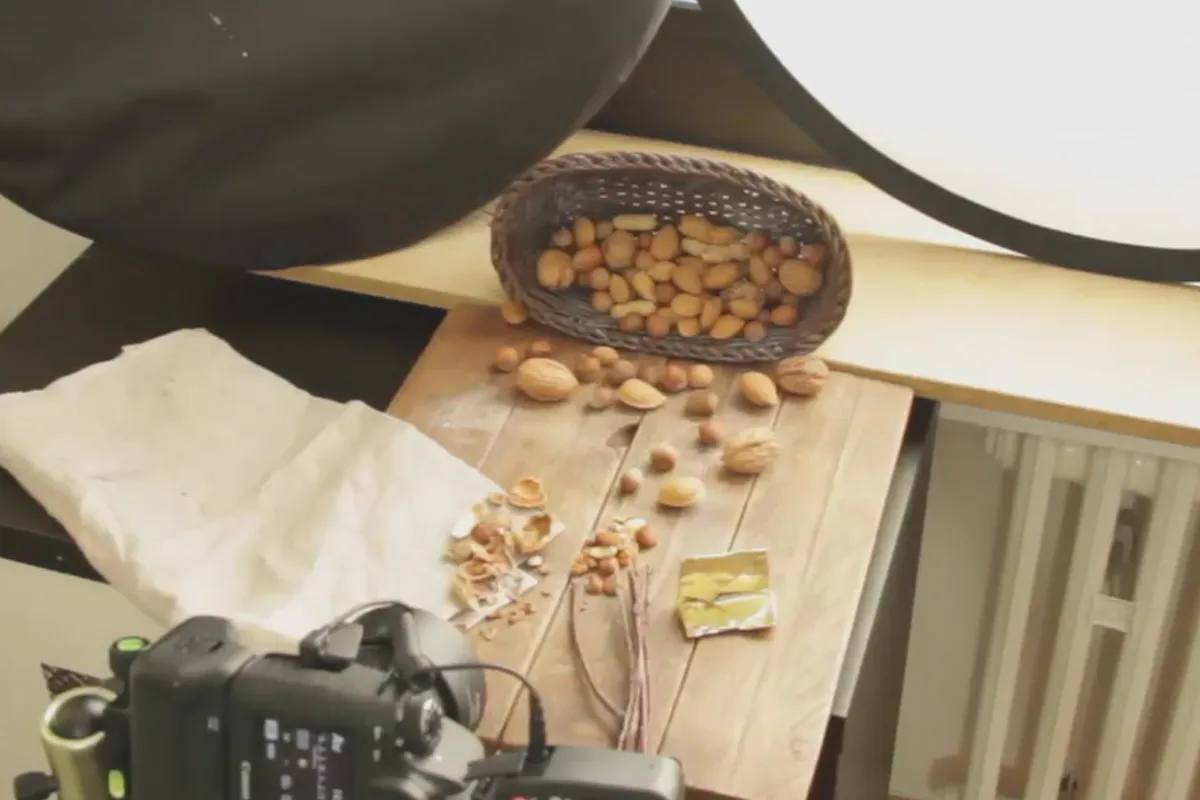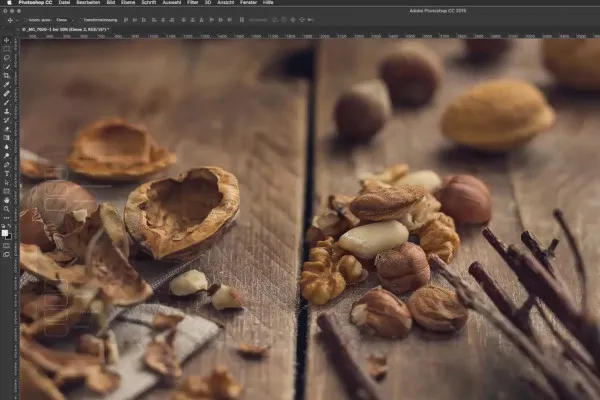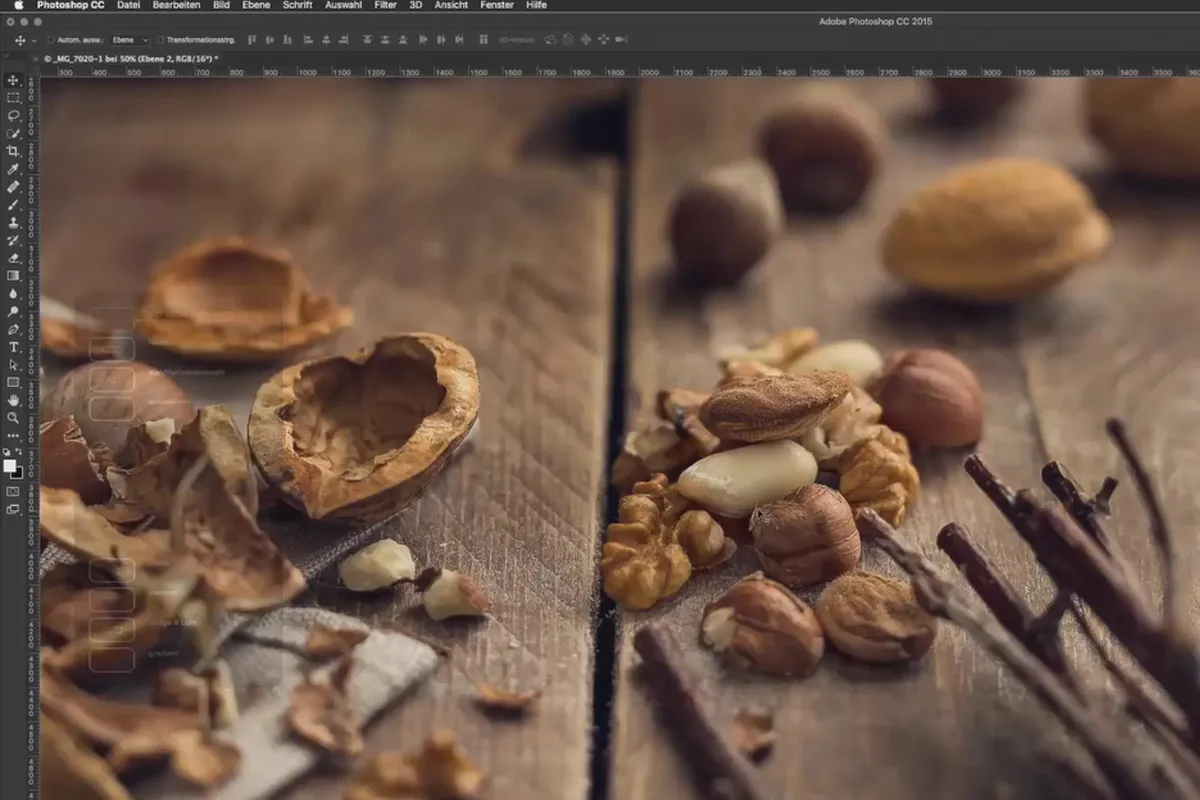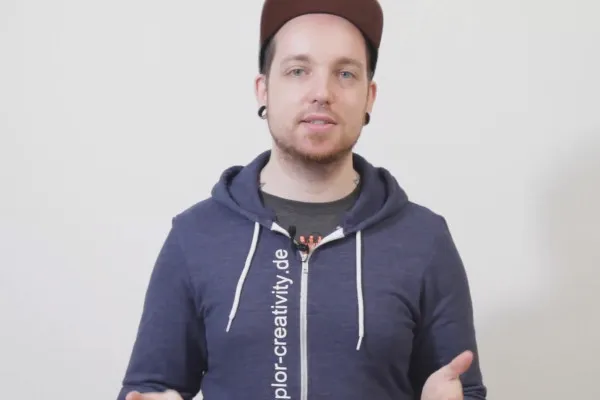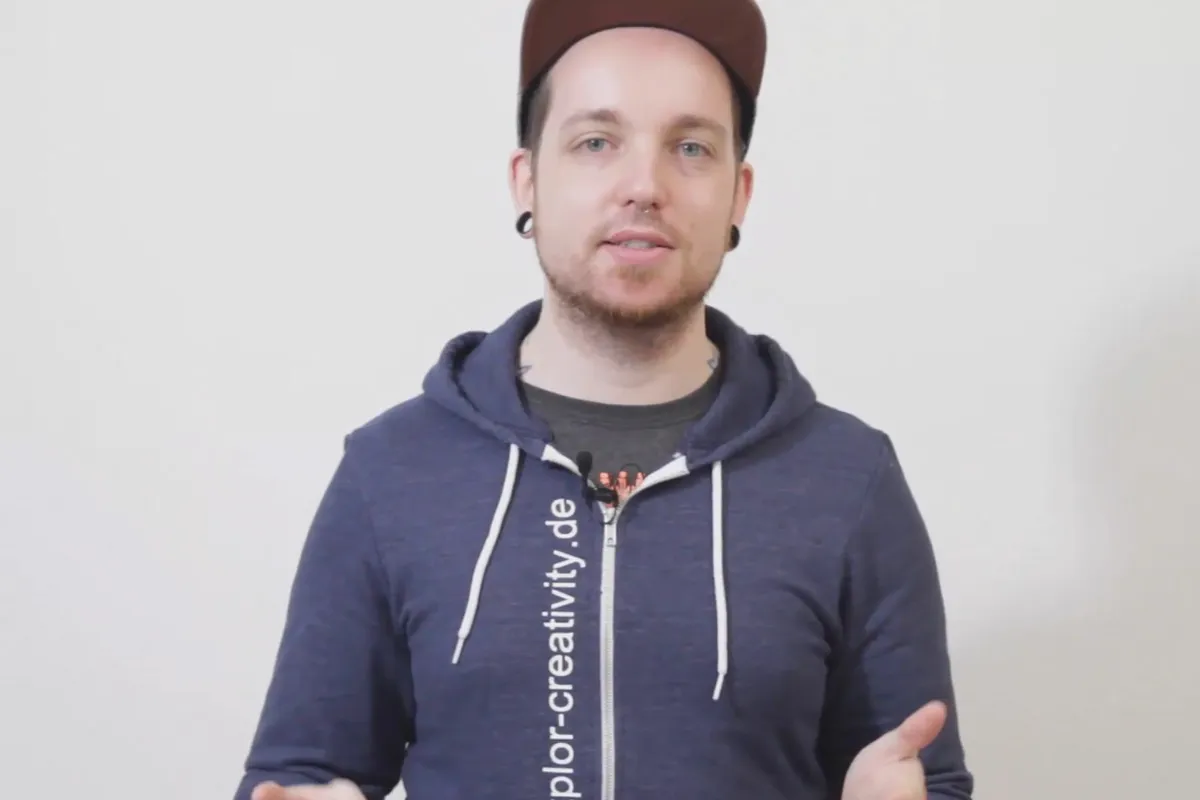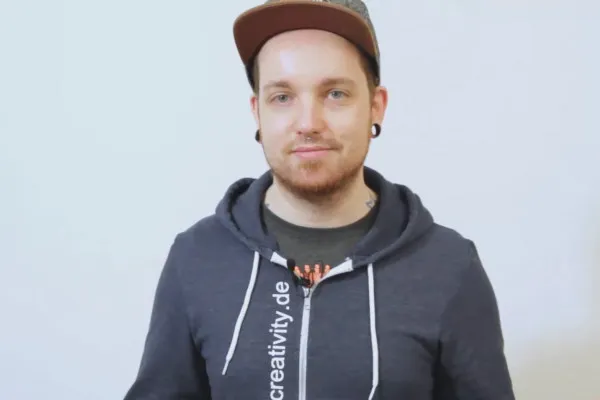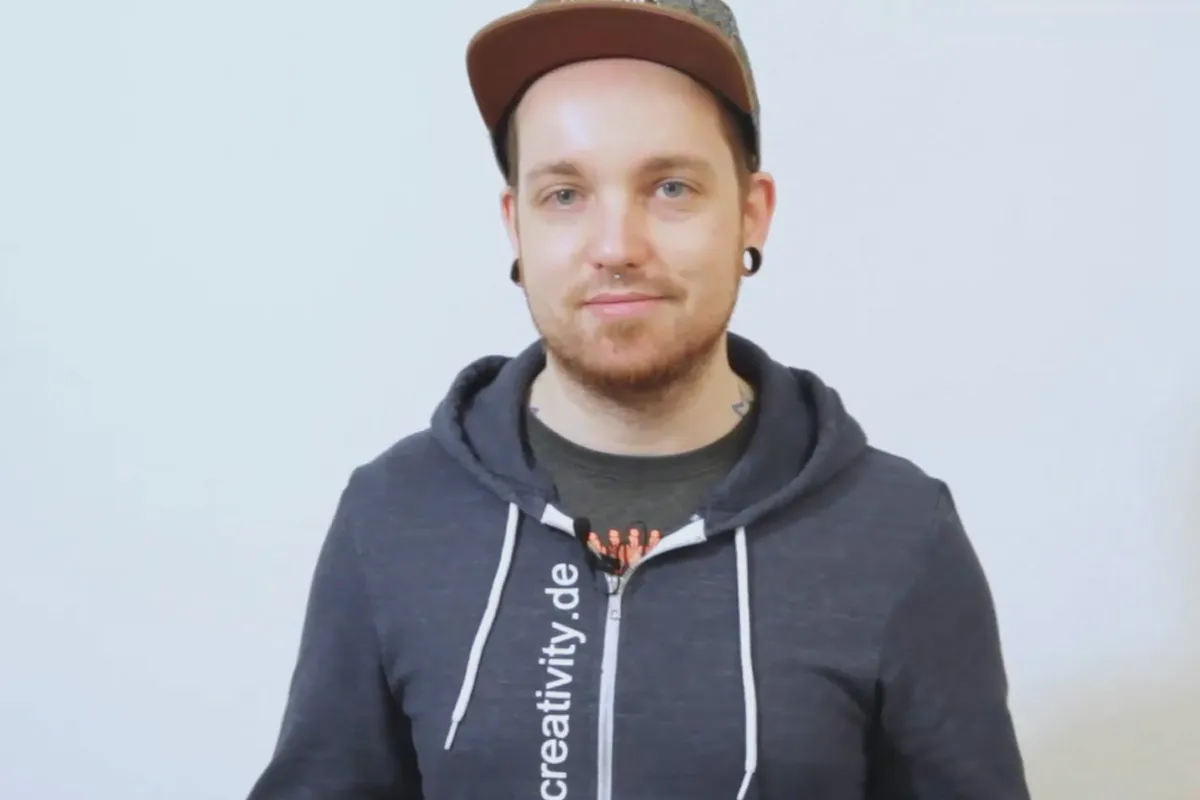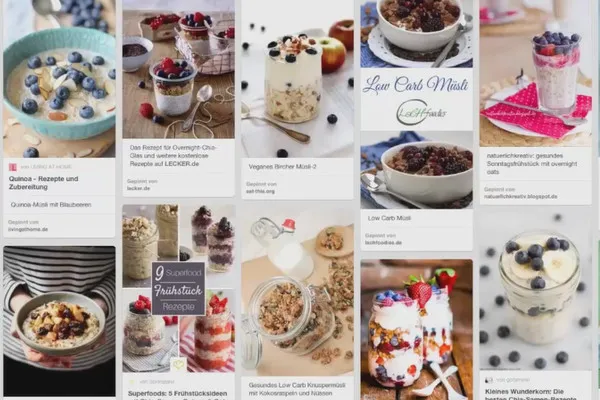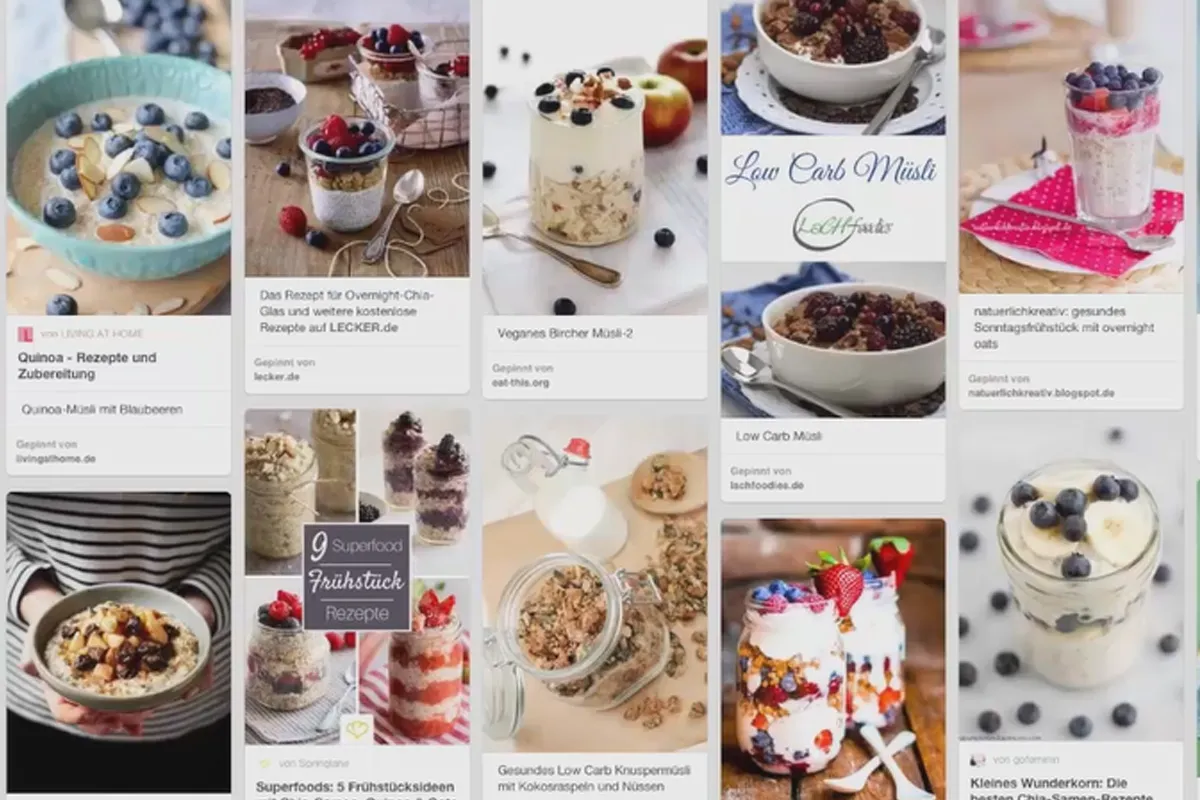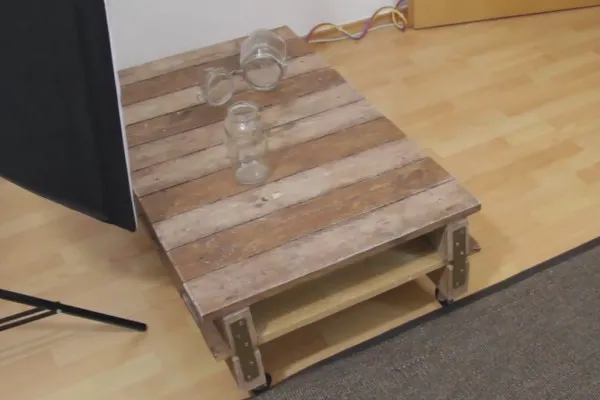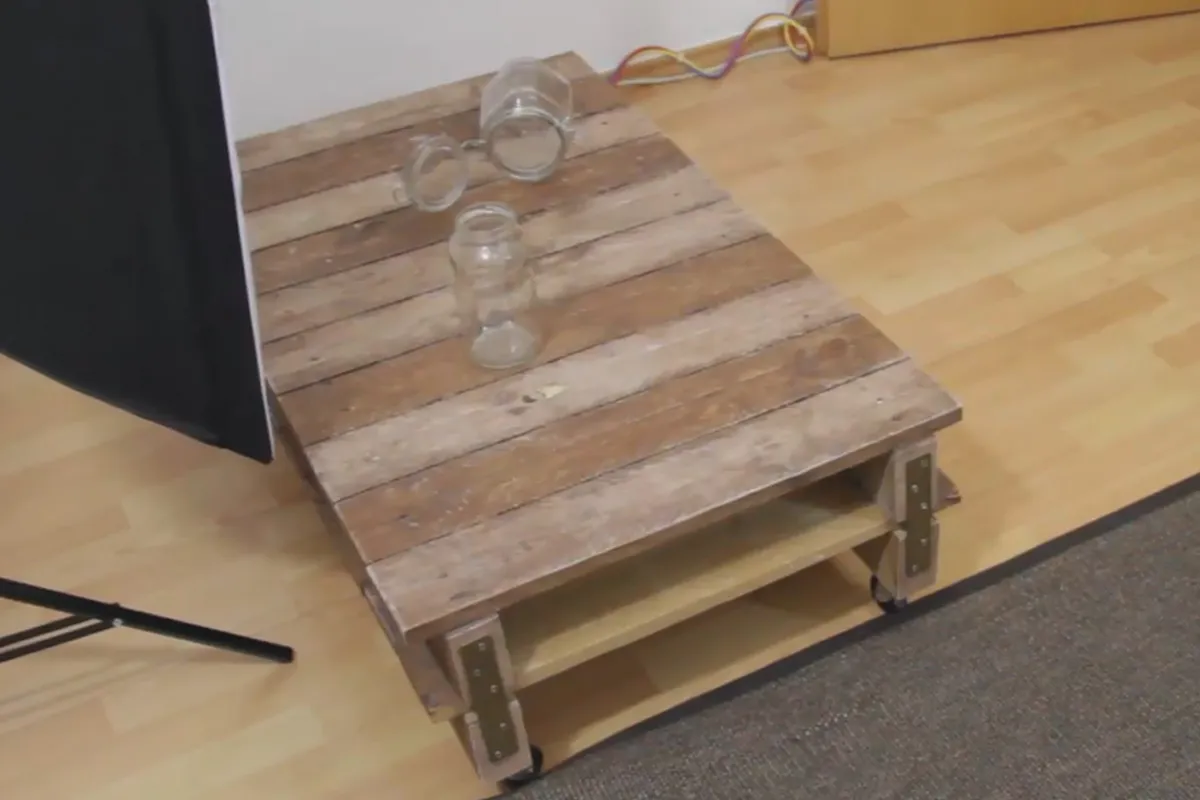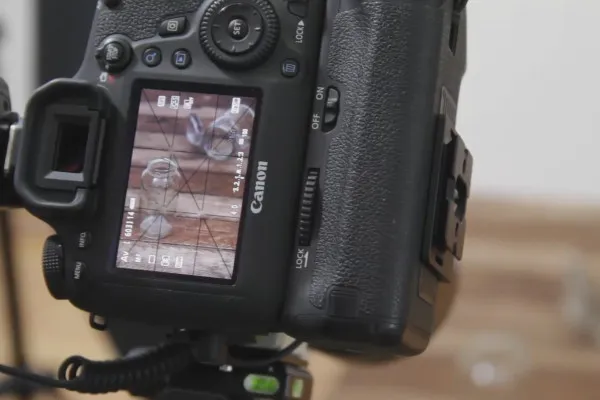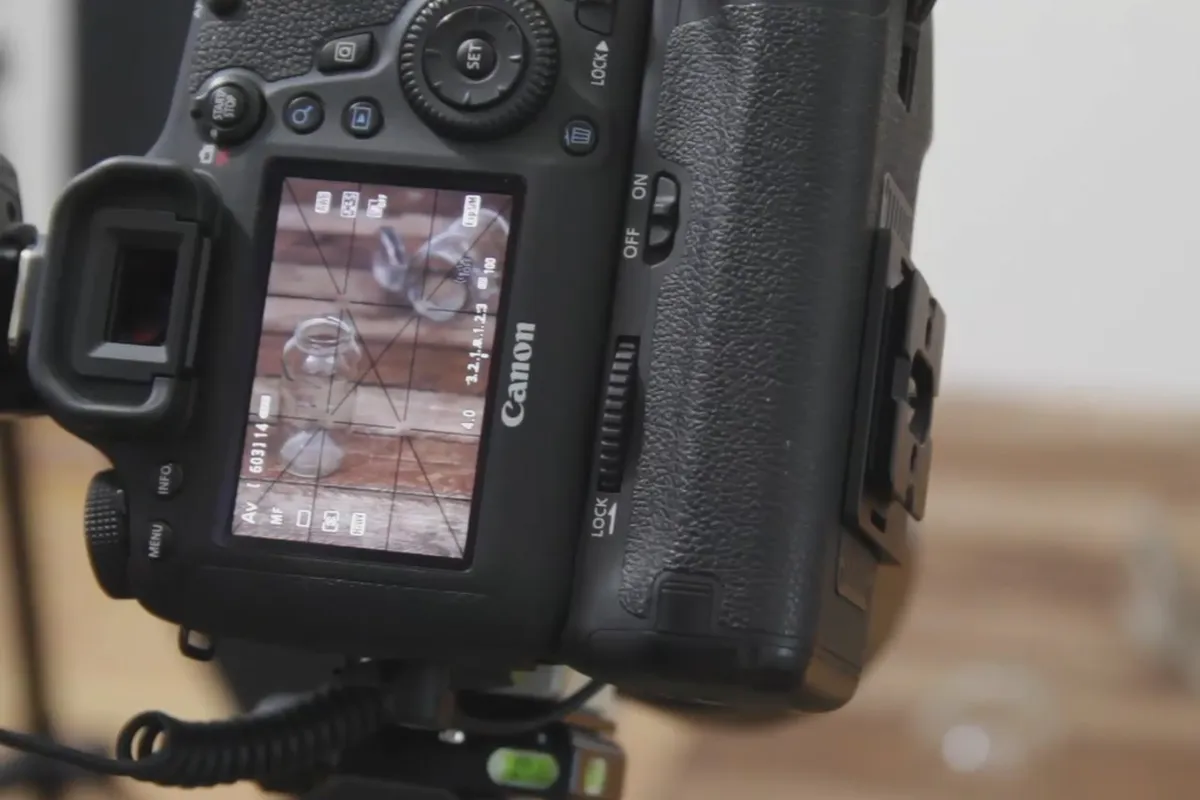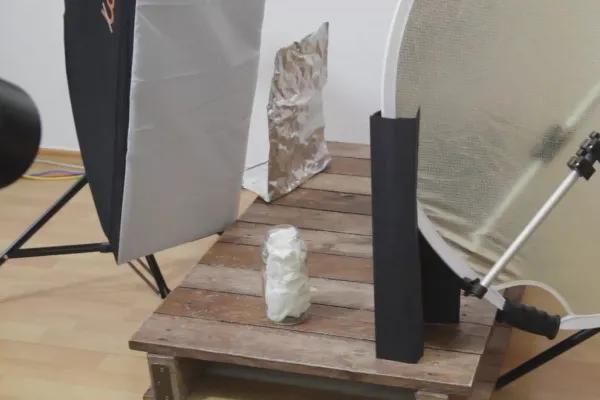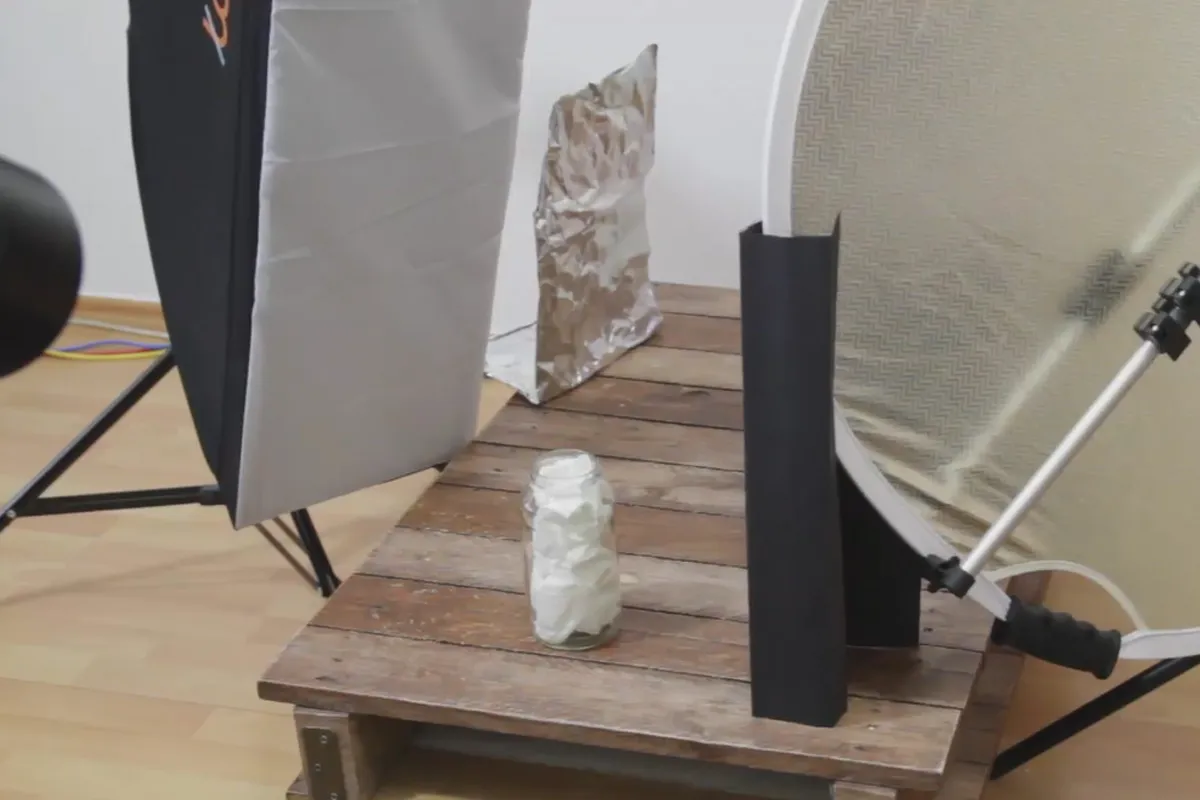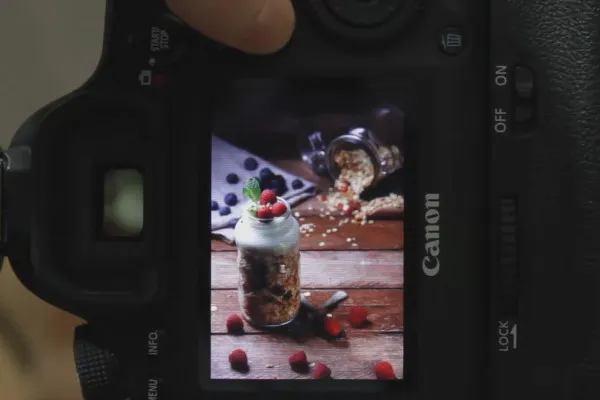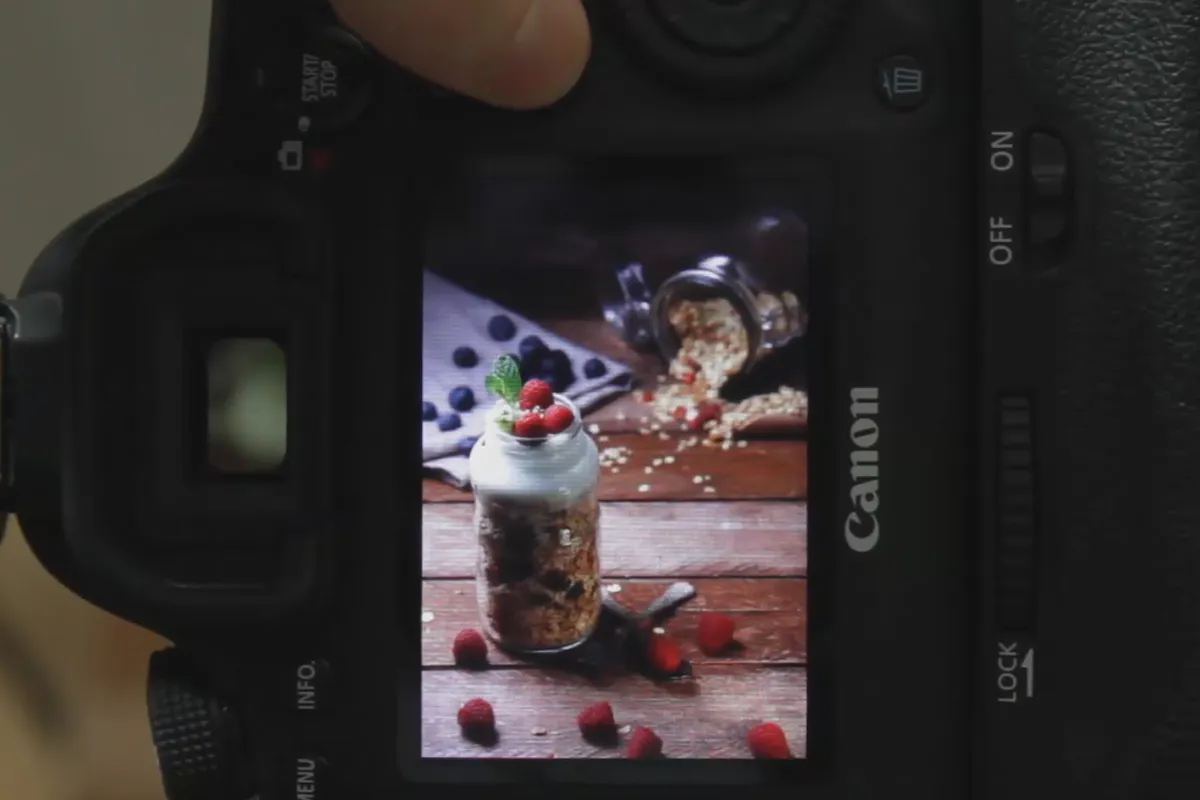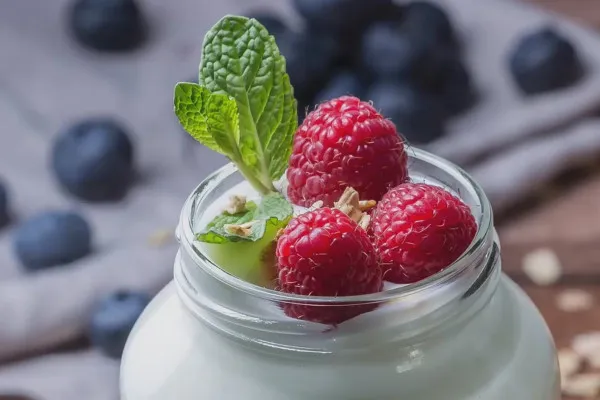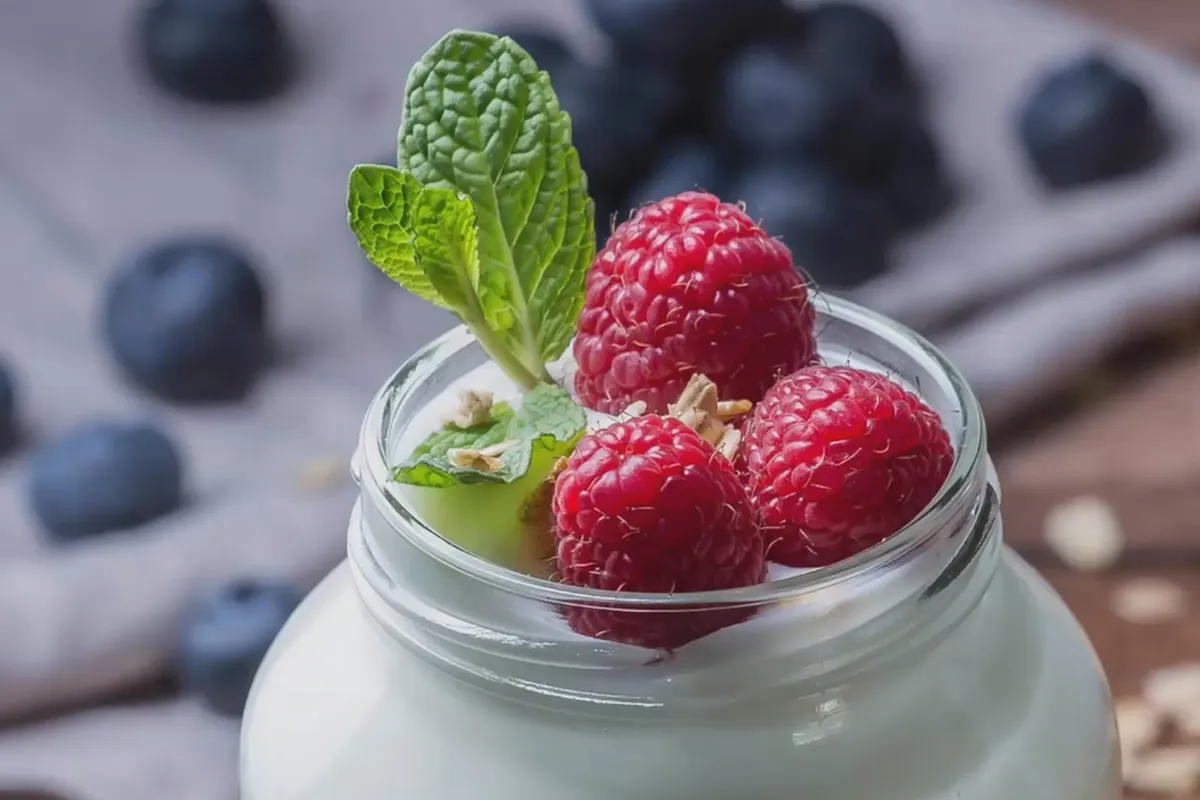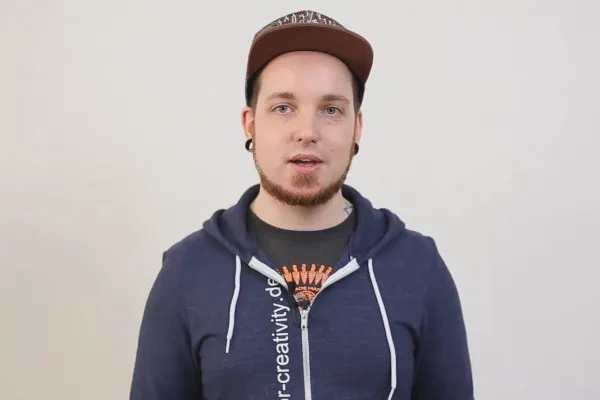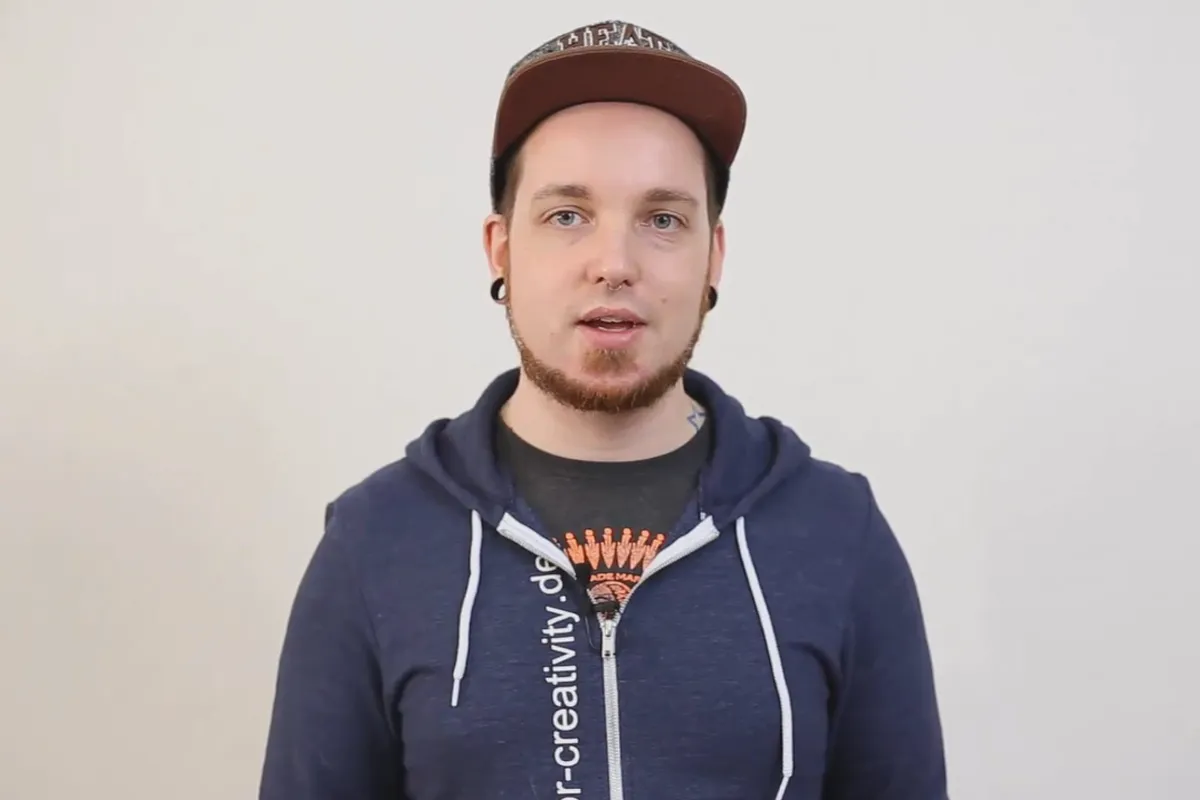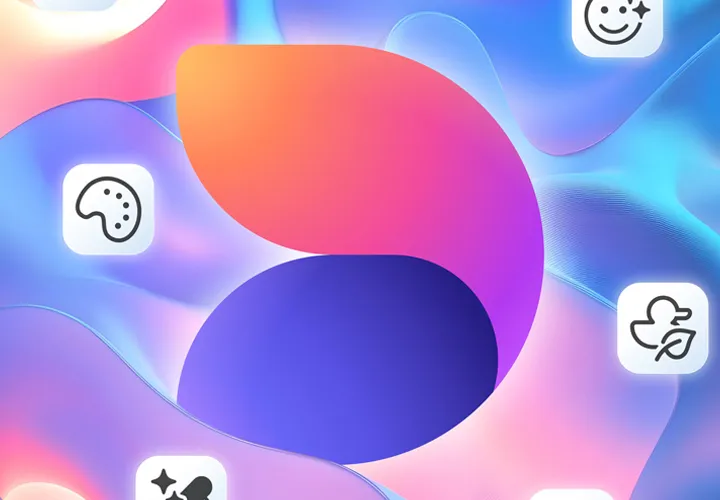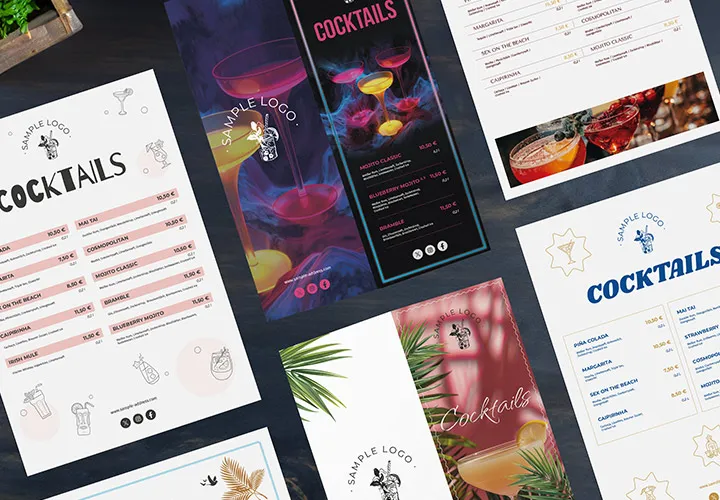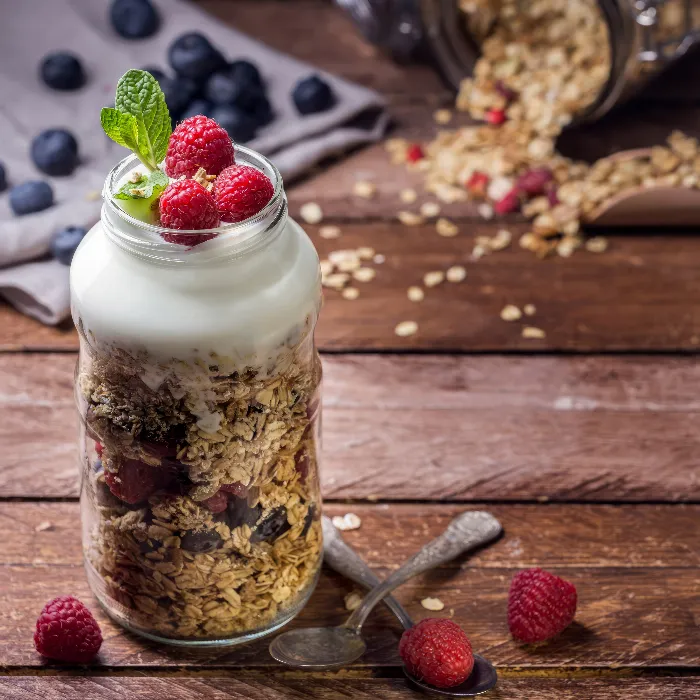
Food photography workshop: food styling, equipment & tips
Everything you need to know about food photography: after this four-hour video workshop, you'll be creating exquisite food photos. Learn from Tobias Gawrisch how to arrange decorations and food in front of and on the background for perfect food styling, how to build simple reflectors and diffusers yourself, how to set up your camera and post-process your shots. There are also tips on equipment and procedures.
- Workshop with over 4 hours of video training on professional food photography
- Two workflows: from setup to post-processing, under available light and with flash
- Equipment tips: What do you need? How do you use it? - The approach and know-how of a professional!
- For practical learning and understanding of the content: including raw and Photoshop files
- Create food photos with spice, e.g. for restaurants, cafés, hotels, bars, blogs and cookbooks
Food photos at their very best! Here's the recipe: create appetizing scenes under available light or using flashes. Get two professional workflows in one workshop.
- Usable with:
- content:
4 h Video training
- Licence: private and commercial Rights of use
- Bonus: including working material
Examples of use
-
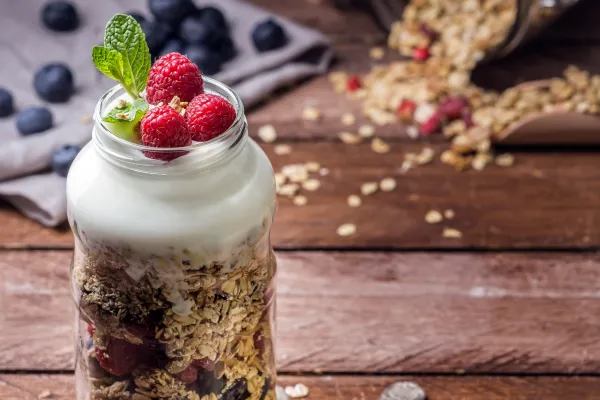 Open galleryTake a food photo using flash: follow your trainer's practical tips!
Open galleryTake a food photo using flash: follow your trainer's practical tips! -
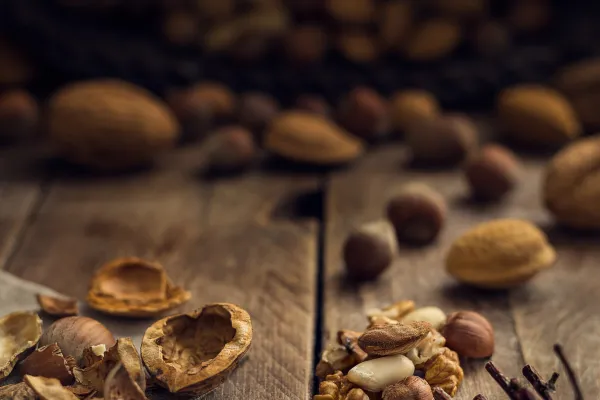 Open galleryFascinating food photos can also be taken without a flash: What to look out for.
Open galleryFascinating food photos can also be taken without a flash: What to look out for.
Available Light
Lightning
Details of the content
Food photography: How to take photos with perfect food styling!
In focus: raspberries, yogurt or nuts. The light: one available light and one flash. Your learning experience: two workflows in which you look over the shoulder of professional photographer Tobias Gawrisch, from food styling and arranging the scene to post-processing the images - this is how food photography and product photography can pay off for you too!
Restaurants, cafés, hotels, bars, their websites, blogs, menus, flyers and posters as well as baking and cookery books will thank you - because your pictures will add spice to the stale food photo soup.
Stand out and offer potential or existing customers images that first whet their appetite and then make them hungry for more. In the following introductory video you will get to know your trainer, further down you will discover the photos that you will edit yourself during the course.
From food styling to photo editing - two workflows
The four-hour workshop with 16 lessons is divided into two sections: The first involves taking a photo in daylight, the second using flash . In both cases, Tobias Gawrisch discusses all aspects of food photography, from setting up the scene and setting up the technology, to taking the photo and making the appropriate settings, to post-processing the raw image using Lightroom and Photoshop.
Tips on equipment
You don't need a photo studio for this. Instead, your trainer will explain to you how to achieve your goal of an atmospherically dense still life with the simplest of means, little space and minimal flash equipment. You will receive instructions and explanations on the equipment, all the necessary aids such as remote triggers, tripods and light shapers and can easily recreate the reflectors and diffusers used with craft film and tracing paper. This way, you can actually make more out of less.
A practical workshop for the how, what and why
It is particularly important during the explanations that you learn from the actual practice of the professional. Instead of a simple "do it this way", Tobias Gawrisch explains his approach and gives numerous tips. Background, backdrop, decoration, focus, the right perspective, the right image section ... Each individual step comes with a how, what and, above all, why.
This is what you will learn in the food photography workshop: food styling, equipment & tips
Using specific examples, you will learn how to create convincing food scenes, once with available light, i.e. daylight, and once using flash. You will follow a professional photographer from setup to post-processing. You will be able to follow the process using the work files provided. After the course, you will be able to apply the practical tips and tricks to your own food or advertising photography. Convince your customers with images that stand out from the crowd and open up a wide range of applications for your photography: blogs, menus, cookbooks ...
Other users are also interested
Save time with artificial intelligence
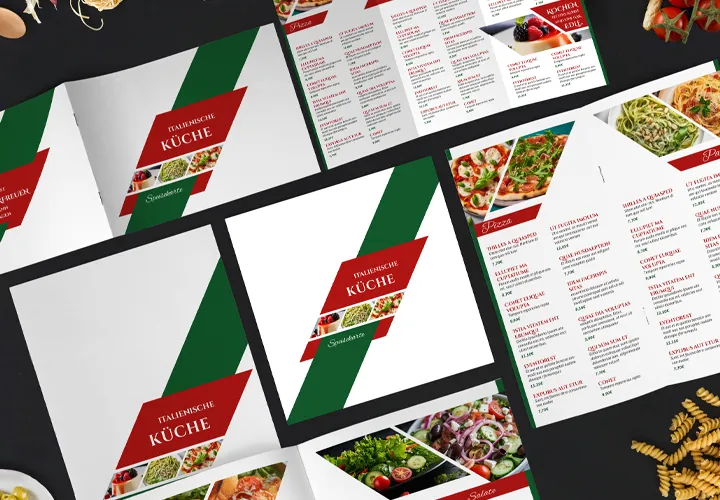
Simply adjust and serve!
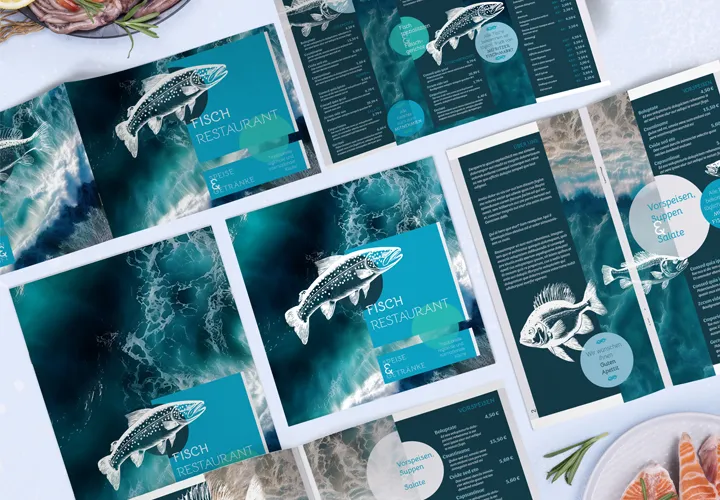
Awaken the desire for fish!
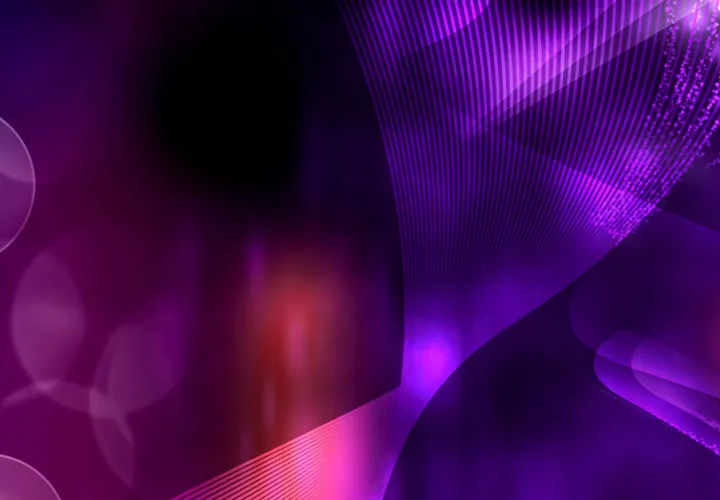
Full power, more inspirations, maximum WOW effect!
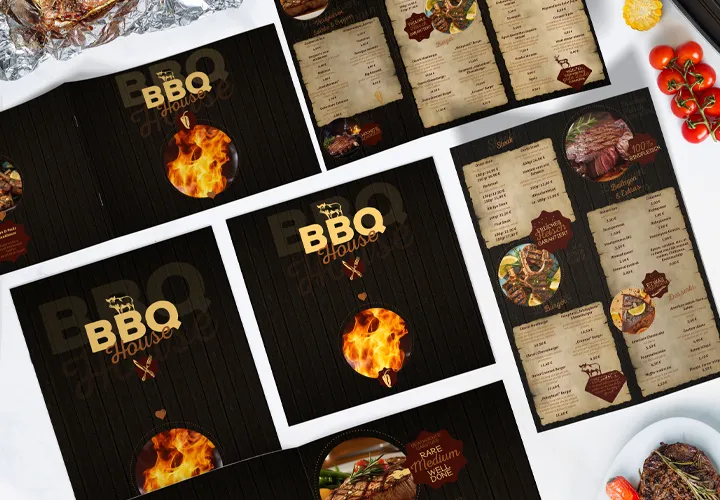
Hot designs for delicious dishes!
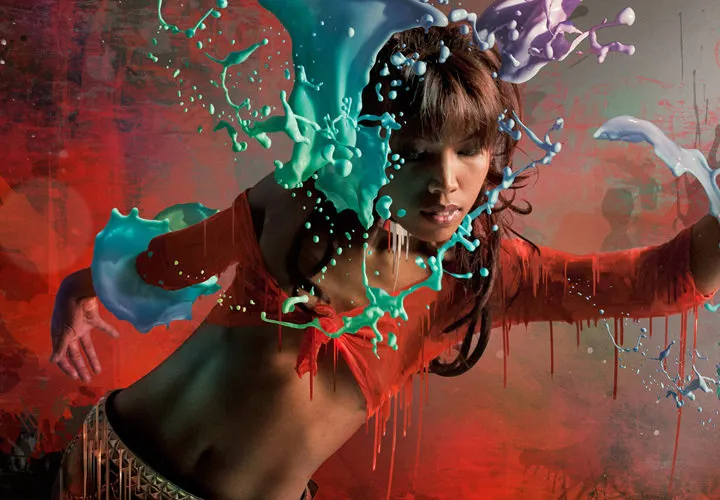
More style, more power, more templates!
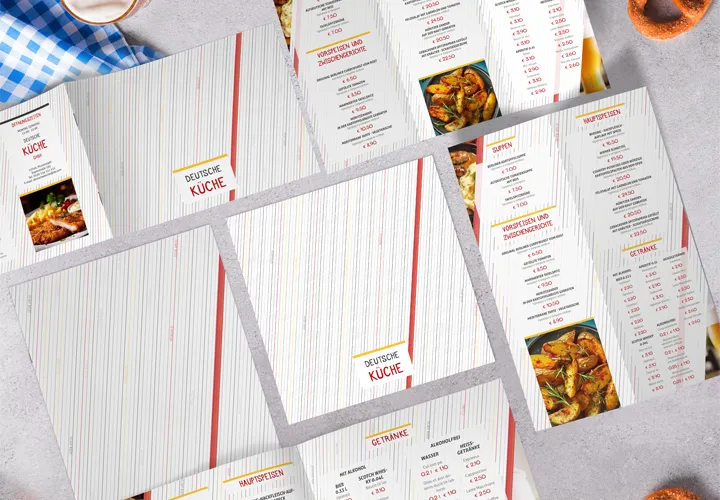
Simply download and customize
Exactly the right design mix!


